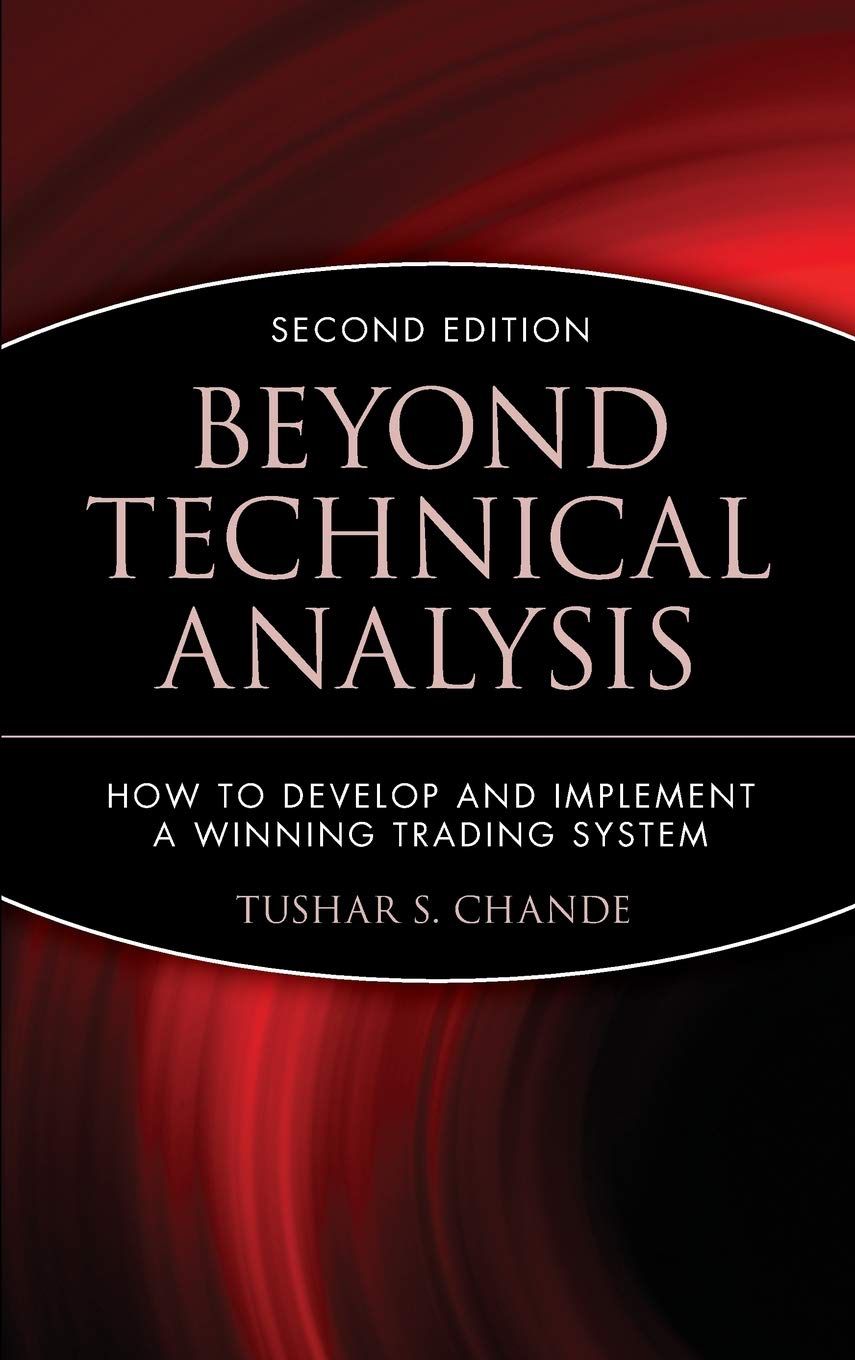- My Trading Psychology
- Posts
- The Hidden Psychology Inside Trading Systems
The Hidden Psychology Inside Trading Systems
Lessons from Tushar S. Chande’s How to Develop and Implement a Winning Trading System.
When traders talk about psychology, they usually mean emotions triggered by what you see on the screen. Fear. Greed. Hesitation. But the deeper psychology of trading lives in a quieter place: the design of your system and the way you follow it.
Tushar Chande’s How to Develop and Implement a Winning Trading System is a book about rules and formulas for winning in the market. But beneath the math it you can find some timeless lessons about the mind. Read closely and you’ll see it’s as much a psychology manual as a technical one.
Here are eight ideas I took from Chande’s book.

1. A single trade is irrelevant
Most people evaluate themselves on the last trade. If it worked, they feel brilliant. If not, they feel lost. Chande flips the lens: imagine your next hundred trades. One trade, win or lose, is meaningless noise. The edge only shows up in the long run. Thinking this way changes your emotions. Losses sting less, wins don’t inflate you as much.
2. Fear, hope, and greed never change
A study of 8922 accounts from the 1930s showed the same mistakes traders still make today: cutting profits short, letting losses run, and buying weakness instead of strength. Nearly a century has passed, but the internal wiring hasn’t shifted. The lesson is simple: human nature is the constant opponent in trading.
3. Your system must fit your personality
You cannot trade a system you do not believe in. If you need fast action, your account won’t survive a weekly trend model. If you hate drawdowns, you will abandon breakouts just when they’re about to work. Traders often think their system doesn’t work, but usually the system was never a match for their temperament.
4. Consistency beats cleverness
Mechanical systems look boring: a handful of rules, executed the same way every time. But that’s the point. Consistency is a psychological shield. It prevents you from improvising under stress, when your brain is least reliable. In markets, the dull approach outlives the clever one because it can actually be followed.
5. Hypotheticals are easy, execution is hard
Backtests assume perfect obedience. No skipped trades, no hesitation, no second-guessing. In real life, traders deviate. They override signals because of doubt, news, or boredom. Ironically, the biggest source of slippage isn’t the market but your random decisions. The math is easy. The discipline is not.
6. Stops test your patience
Stops feel like magnets. They get hit, the trade reverses, and you feel mocked. The temptation is to widen them, move them, or remove them. That’s the moment your psychology is tested. A small stop loss accepted with discipline preserves your account. The refusal to take it eventually destroys it.
7. Robustness is resilience of mind
A robust system works across markets and time frames without constant tweaking. Robustness is also mental. It’s the ability to resist tinkering your system after every bad week. Confidence in robustness is what lets you hold steady when the inevitable losing streak arrives.
8. Implementation is the true battleground
Traders obsess over finding the perfect entry. But Chande argues the real fight is in implementation: executing the plan accurately, without deviation, across months and years. The best system is useless if you cannot follow it. The edge lies not in discovery but in disciplined repetition.
Takeaway
Trading systems are essentially mathematical systems for protecting you from your emotions. Every rule is a scaffolding for your emotions. If you want to master trading psychology, don’t start with breathing exercises or motivational quotes. Start with rules you can believe in and follow when the pressure is highest. In the end, the hardest variable in any system is not the market. It’s you.
Want to share this post with someone who struggles to grasp the true value of good trading systems?
Reply